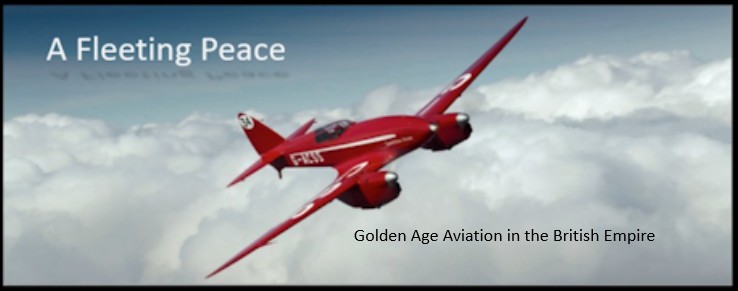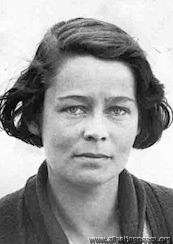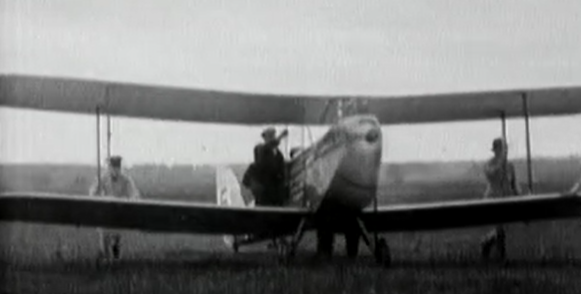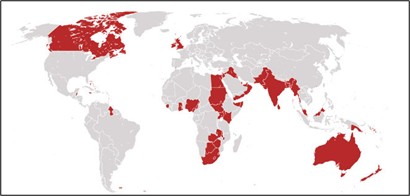|
It was September, 1934, and Gabrielle Ruth Millicent Patterson was not happy.
She went on to suggest that they should ‘abolish handicapping altogether’ and ’let the best aeroplane win’, then proceeded to work out how best to achieve this. The truth is, handicapping was a vexed subject throughout the period between the wars – trying to ensure, in fact, that the best pilot won; that is, the person who coaxed the maximum out of the individual aircraft they were flying. As we have seen, the MacRobertson formula failed pretty abysmally (even if they’d worked out the numbers correctly), but many other systems were tried and found wanting during the period. The King’s Cup Air Race itself is a perfect case in point. For the first four races , from 1922 to 1925, the handicapping had indeed been done by individual judgment - two captains by the name of Goodman Crouch and Dancy - but now, for 1926, someone had come up with a brilliant (and deceptively simple, I think you’ll agree) new formula:
Where V is the handicap speed, derived from the wing loading ω (in lbs per sq ft); λ, which is the power loading (in lbs per horsepower); and F, which is, er, a magic number, derived from a chart which they came up with (getting F itself involved guessing what its value might be, then calculating values of V using a different formula, plotting the results of your guesses on the chart, joining the dots and ….)
The fourteen competitors in the race that year had to fly two circuits: Hendon – Martlesham Heath, in Suffolk – Cambridge – Hendon (about 166 miles) and Hendon – Coventry – Cheltenham – Hendon (about 200 miles) twice a day for two days, for a grand total of 1,464 miles, against their newly- calculated handicap speeds. How did it go, then? Well, after the race, Flight (July, 1926) thought that: “A very successful and interesting race must, we think, be the verdict on the Fifth King’s Cup Race”. … “This year’s race was noteworthy on two points – the triumph of the light ‘plane’, and the successful results obtained with the new [Royal Aero Club] handicapping scheme.” Congratulations all round; everyone looking forward to next year.
(where K is a constant, depending on engine type; HP is the engine power.)
The ‘scratch’ machine, for example, the sole Avro Avenger G-EBND entered by Sir Kenneth Irwin, 2nd Baronet Crossley (Chairman of the Crossley Car and Engineering companies in Manchester, by the way), would, it turned out, need to do 244mph to finish level with the three D.H. Moths in the race. The Avenger’s flat-out speed was… 180mph.
“At Hucknall it was most amusing to hear everyone disclaiming any responsibility for the formula. Nobody would own the poor thing, and the fact of the matter is that we are all equally to blame; the originators for not having sufficiently thoroughly tried out the formula on a wide range of types, the chief designers of the firms, and the technical press for not having discovered the effect of the formula on the faster machines. It is no manner of use trying to put the blame on somebody else; we have all been beautifully ‘had’, and we might as well admit it” As for Mrs Patterson, she got over it, became one of the founder-members of the Air Transport Auxiliary in WWII, a chief instructor and head of the Women's Corps of the Civil Air Guard in Essex. |





